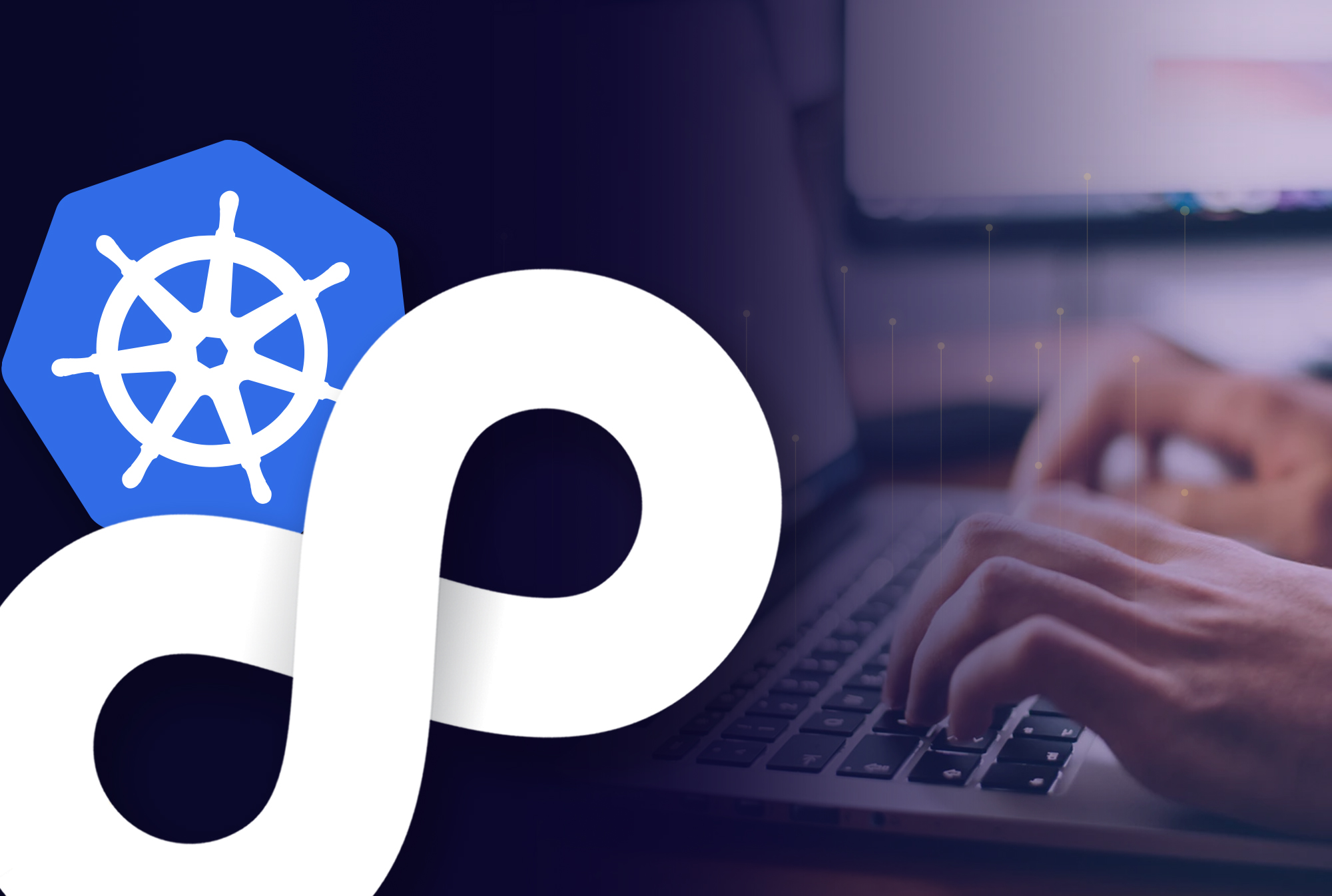In the previous post, we discussed the benefits of containers, and how Kubernetes orchestrates DevOps pipelines in new better ways.
A Difficult Adoption: Challenges in Migrating to Kubernetes
For all of its strengths, you should not underestimate the challenges that organizations face with migrating to a Kubernetes-based deployment. These can range from decision-making conundrums to technical challenges, to security concerns. In the face of these challenges, organizations must be prepared to compete in today’s technical landscape. According to the 451 research report, 95% of new applications are developed using container technology. Gartner predicts that 85% of global business will be running containers in production environments. Let’s take a look at some of the challenges and their solutions.
Internal Deployments vs. PaaS
One of the first decisions your organization must make is where and how to deploy your Kubernetes architecture. Some organizations may opt to deploy directly to their own private, hybrid, or public cloud while others may opt to remove some overhead and leverage a managed Kubernetes Platform-as-a-Service (PaaS) provider. This decision often hinges on the type and number of applications to be deployed. Using a managed provider service can be a quick way for your organization to run a “litmus test” to see how your application will deploy and scale.
Migrating Existing Workloads
The majority of the critical enterprise application workloads are still running on VMs, and in some cases on dedicated physical servers. Migrating these applications into containers-based technology can be a daunting task, as many of these applications do not natively support containerization and rely on a persistent operating system to run. When preparing to migrate, organizations must look at their application portfolio, identify applications that can easily be migrated to containers with minimal effort, and build a playbook to automate the migration. Once you understand the ways to deal with limitations around the compatibility of the libraries, packages, network protocols, operation methodologies (monitoring, upgrades, patching, scaling, etc.) and security, it is easy to automate the migration methodologies and scale the migration to other applications in the portfolio.
Implementing and Maintaining Quality and Security
The Kubernetes technology framework enables developers, operations, and SRE teams to rapidly deploy the containers. If they are careless, they may enable services and ports that are unnecessary, increasing the vulnerability and attack surfaces. Also, teams must build and scan the images (container OS and application) on a regular basis to ensure that they are starting from a good known state. All critical, high and medium security vulnerabilities should be remediated prior to deploying these images into production and opening up the access to others.
Technical Skills Requirements
Most enterprises want to establish a reliable, scalable, and secure Kubernetes platform that can run across multiple clouds (public and on-prem) and can host multiple critical microservices and applications to run on this platform. The Kubernetes cluster setup requires deep understanding of underlying core infrastructure services (compute, storage, network, network security, security, high availability, disaster recovery, backups, monitoring, etc). To build and effectively manage the Kubernetes clusters requires that the SRE and DevOps team need to have appropriate skills and knowledge in the core infrastructure and microservices architecture and design.
Managing Kubernetes clusters requires the SRE and DevOps teams to up their skillset and ensure that standardization and best practices are followed throughout design, deployment, and “Day 2” operations of Kubernetes (upgrades, scalability, reliability, monitoring, patching, backup and recovery, etc.) as you need different tools and resources to perform these activities than other platforms.
Also, integrating the Kubernetes platform with DevOps tools and CI/CD pipelines require the teams to change the current toolchain and pipelines to move the code with proper security and quality gates. To make things easier, customers look for native solutions that can offer the appropriate toolchain and CI/CD pipelines that can support seamless integration to the existing DevOps ecosystem and provide end to end visibility across the overall DevOps ecosystem seamlessly.
Conclusion
Kubernetes provides the mechanisms and the environment for organizations to deploy applications and services to customers fast. Kubernetes brings significant agility, automation, and optimization to the DevOps environment. It also means that teams don’t have to build resiliency and scalability into the application – they can trust that Kubernetes services will take care of that for them.
However, migrating existing workloads to Kubernetes, and implementing security and quality can still be daunting.




